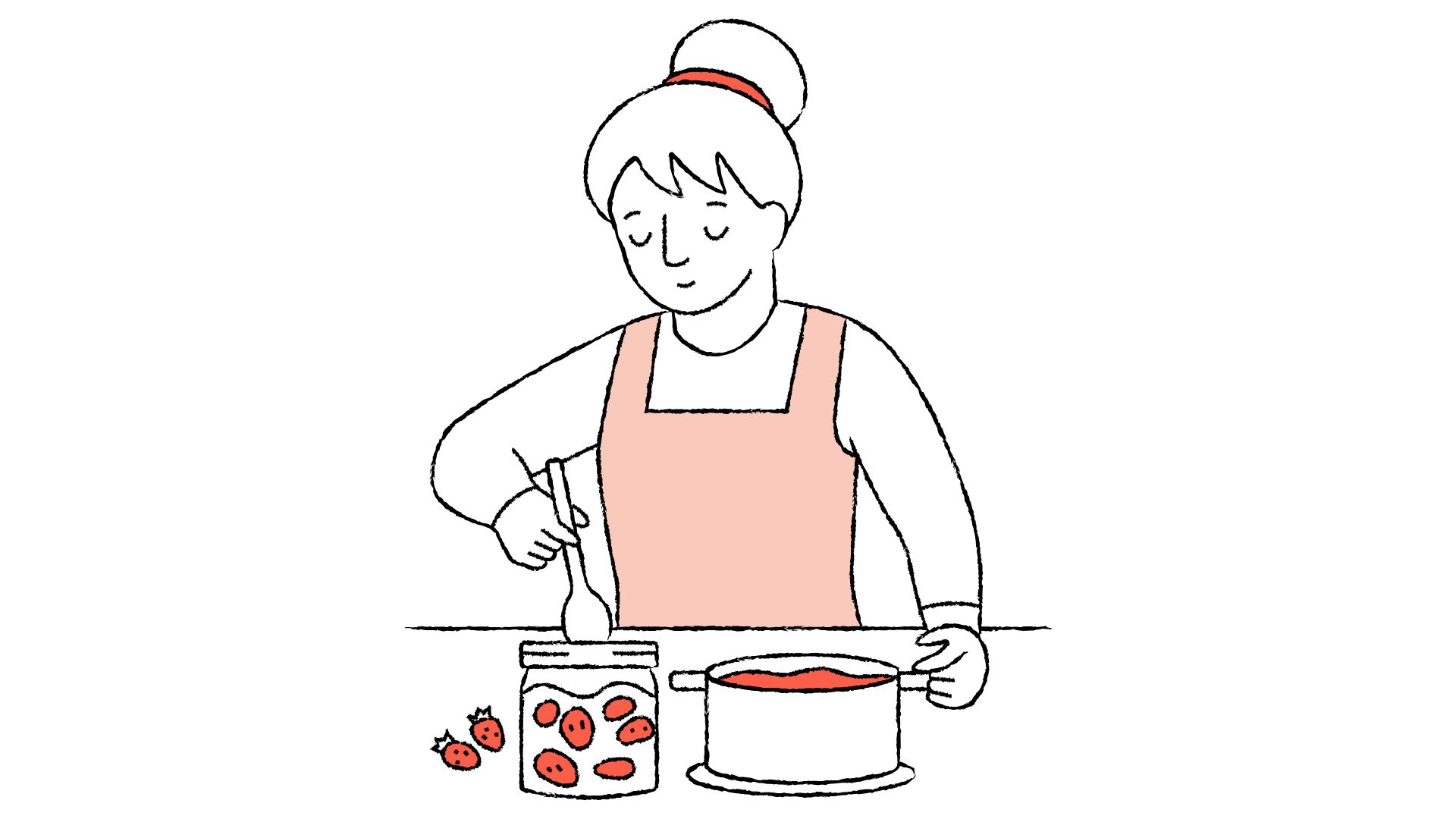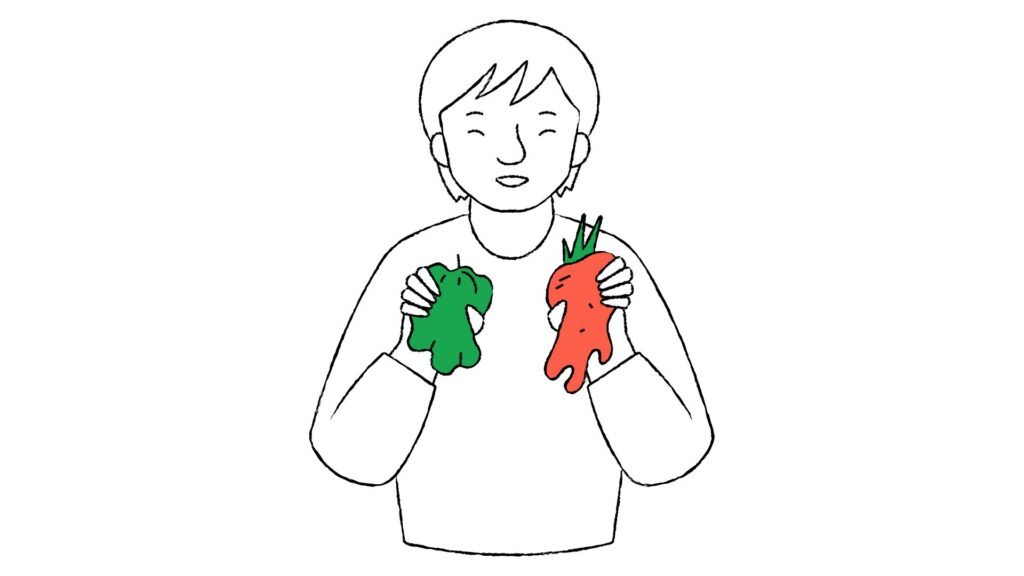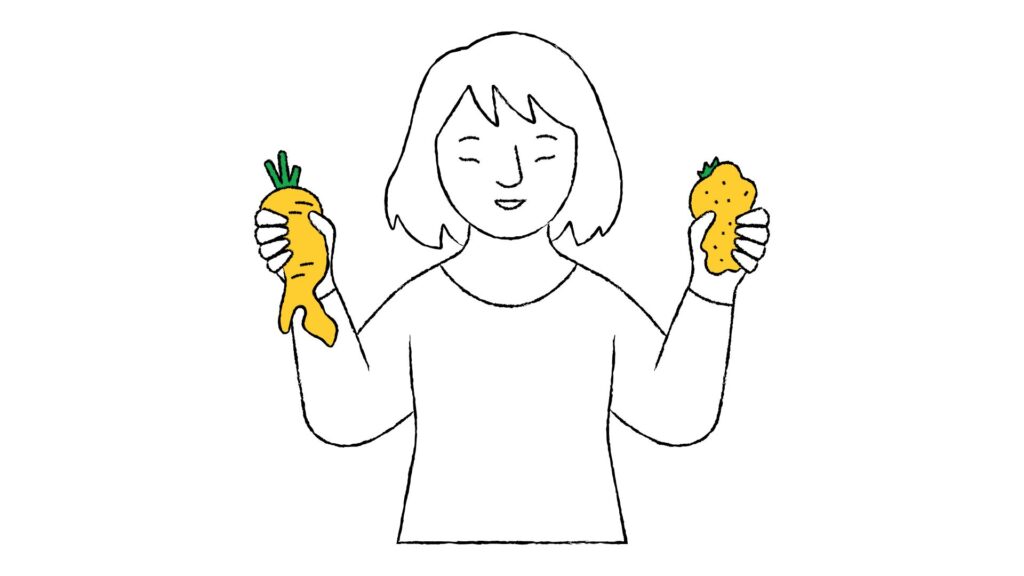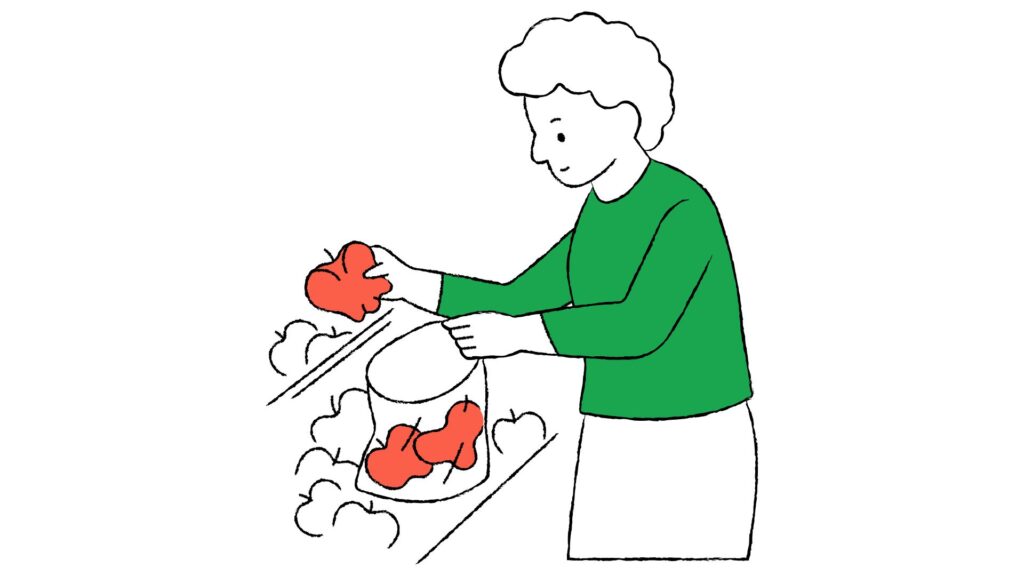7 Superfoods That Make a Big Difference (And How to Use Them)

Superfoods are like nature’s multivitamins, packed with nutrients that can help you feel amazing, look better, and maybe even live longer.
But what exactly makes a food “super,” and are they worth the hype?
Let’s dive into the world of these nutritional powerhouses and figure out how to actually eat them without breaking the bank or your taste buds.
Superfoods: Are They Worth the Hype?
If you’ve spent any time on health Instagram, you’ve seen the parade of colorful smoothie bowls, chia puddings, and avocado everything. Behind the pretty pictures is some legit science about foods that pack more nutritional punch than others.
But here’s the truth – no single food is going to save you from your other habits. That kale smoothie isn’t erasing last night’s pizza party.
What Makes a Food “Super” Anyway?

Superfoods are basically nutrient-dense foods that deliver an exceptional amount of vitamins, minerals, antioxidants, and other health-promoting compounds. Think of them as the overachievers of the food world.
What sets them apart:
- Nutrient density – more nutrition per calorie
- Antioxidant power – fighting those pesky free radicals
- Anti-inflammatory properties – calming your body’s internal fire
- Bioactive compounds – fancy plant chemicals that do cool things
The term “superfood” isn’t actually regulated by any health authority. It’s mostly a marketing term, but that doesn’t mean these foods aren’t legitimately good for you! They absolutely are.
Top Superfoods That Actually Deserve the Title

1. Berries: Nature’s Candy (But Actually Good For You)
Blueberries, strawberries, raspberries – they’re all nutritional superstars. They’re loaded with antioxidants called anthocyanins that give them their vibrant colors and help protect brain function.
Why they’re super: Low in calories, high in fiber, packed with vitamin C and antioxidants that fight inflammation and oxidative stress.
How to eat them:
- Toss them in yogurt or oatmeal
- Blend in smoothies (frozen berries = cheaper option!)
- Eat them straight as a snack
- Add to salads for a sweet twist
2. Dark Leafy Greens: The OG Superfoods
Kale, spinach, collards, Swiss chard – these leafy greens are nutritional heavyweights despite being lightweight in calories.
Why they’re super: Packed with vitamins A, C, K, folate, iron, calcium, and fiber. Plus plant compounds that protect your eyes and fight inflammation.
How to eat them:
- Blend into smoothies (you’ll barely taste them with fruit)
- Sauté with garlic as a side dish
- Make massaged kale salads (massage with olive oil to soften)
- Add to soups and stews (they shrink down a lot!)
3. Avocados: Proof That Fat Can Be Your Friend
Why they’re super: Rich in heart-healthy monounsaturated fats, fiber, potassium (more than bananas!), and vitamins E, K, and B6.
How to eat them:
- Mash on toast (basic but delicious)
- Blend into creamy dressings
- Add to smoothies for richness
- Make guacamole (obviously)
4. Legumes: Protein Powerhouses
Lentils, chickpeas, black beans – these humble foods are some of the most nutritious and affordable superfoods around.
Why they’re super: High in plant protein, fiber, iron, zinc, folate, and magnesium. They stabilize blood sugar and keep you full for hours.
How to eat them:
- Add to soups and stews
- Roast chickpeas for a crunchy snack
- Make bean-based dips like hummus
- Use in place of meat in tacos or chili
The Health Benefits You Actually Care About
They Make Your Brain Work Better
Many superfoods contain compounds that support cognitive function and protect your brain as you age. The omega-3 fatty acids in fatty fish and walnuts, and the antioxidants in berries and dark chocolate have been linked to better memory and focus.
Ever notice how your thinking feels clearer when you’re eating well? That’s not just in your head. (Well, technically it is, but you know what I mean.)
They Keep Your Heart Happy
Heart disease is still the #1 killer worldwide, and what you eat plays a massive role in prevention.
Superfoods for heart health:
- Fatty fish like salmon (omega-3s)
- Nuts and seeds (healthy fats)
- Oats (soluble fiber that lowers cholesterol)
- Berries (antioxidants that reduce inflammation)
One large review of studies found that each daily serving of fruits or vegetables reduced heart disease risk by about 4-7%. That adds up!
They Support Your Immune System
Your immune system is your personal bodyguard, and superfoods provide the tools it needs to function optimally.
Immune-boosting superfoods:
- Citrus fruits (vitamin C)
- Garlic (antimicrobial compounds)
- Ginger (anti-inflammatory properties)
- Yogurt (probiotics for gut health)
They Can Help You Lose Weight (For Real)
Many superfoods are naturally high in fiber and protein, which help you feel full longer. They’re also typically lower in calories while being nutrient-dense.
Weight management superfoods:
- Chia seeds (expand in your stomach)
- Lentils (protein + fiber combo)
- Greek yogurt (protein keeps you satisfied)
- Apples (fiber and water content)
How to Actually Eat More Superfoods (Without Going Broke)
Here’s the thing – you don’t need exotic berries from the Amazon or powders that cost more than your car payment to get superfood benefits.
Start Small and Simple
- Swap up your snacks: Replace chips with nuts or berries
- Add, don’t subtract: Put spinach in your pasta sauce
- Make one superfood meal per day: Start with breakfast – it’s the easiest!
- Frozen is your friend: Frozen berries and vegetables are just as nutritious and WAY cheaper
Budget-Friendly Superfoods
Not all superfoods are expensive! Some of the most nutritious are actually super affordable:
- Beans and lentils
- Eggs
- Cabbage
- Carrots
- Canned sardines
- Frozen berries
- Sweet potatoes
The Superfood Meal Formula
For a nutritional home run, build meals with this formula:
- Base of leafy greens or whole grains
- Add protein (beans, fish, tofu)
- Include healthy fat (avocado, nuts, olive oil)
- Top with colorful fruits or vegetables
- Sprinkle with herbs and spices
Are There Any Downsides to Superfoods?

While superfoods are generally awesome, there are a few things to watch out for:
- The health halo effect – thinking you can eat anything if you also had kale
- Marketing manipulation – companies charging premium prices for basic nutrition
- Sustainability concerns – some trendy superfoods like quinoa can have negative environmental or social impacts when demand skyrockets
- The “perfect diet” trap – stressing about eating perfectly can actually be worse for your health than just eating reasonably well
The truth is that consistency beats perfection every time. Eating regular apples consistently is better than having goji berries once a month.
The Bottom Line on Superfoods

Superfoods are legitimate nutritional powerhouses that can significantly improve your health when incorporated regularly into a balanced diet. But they’re not magic pills or miracle cures.
The real “secret” is boring but true: eat a variety of whole foods, mostly plants, and don’t stress too much about being perfect.
If you want to feel your best, think of superfoods as important tools in your nutritional toolbox—not as a replacement for overall good eating habits or other aspects of a healthy lifestyle.
Start by adding one or two new superfoods to your regular rotation this week. Your body (and taste buds) will thank you!

